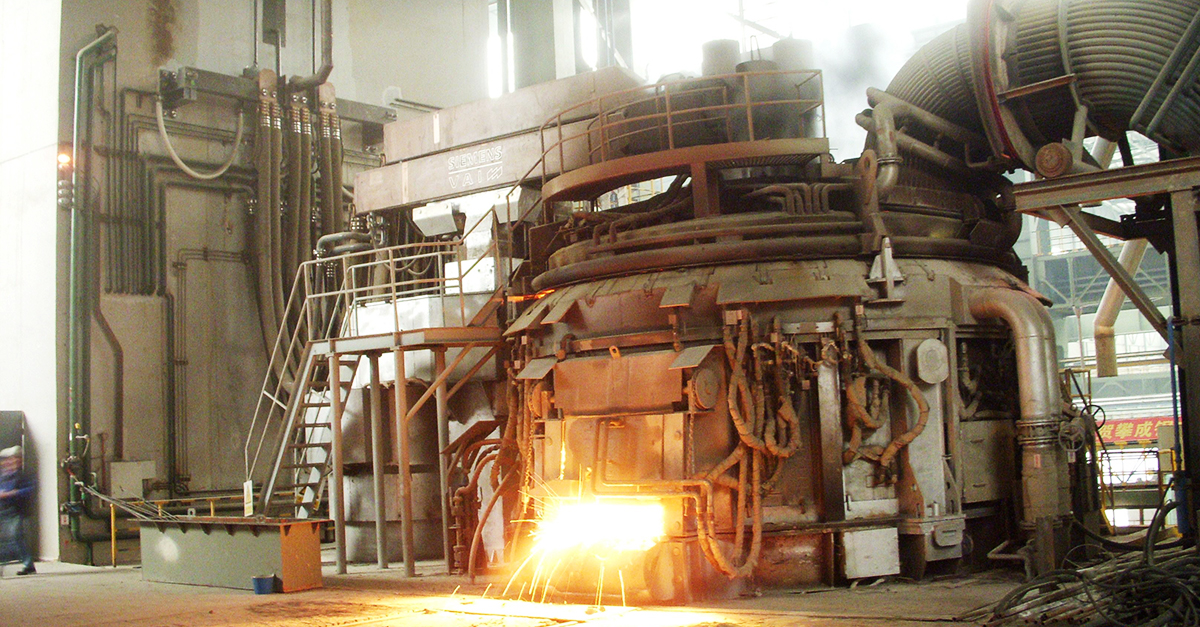The rise and development of electric arc furnace steelmaking have been a significant milestone in the history of metallurgy. This technology has revolutionized the steel industry by providing an efficient, cost-effective, and environmentally friendly method of producing high-quality steel.
The concept of EAF steelmaking dates back to the early 20th century when the first electric arc furnace was invented.
However, it was not until the mid-20th century that this technology gained widespread acceptance due to the limitations of traditional open-hearth and basic oxygen furnace processes.
The advent of cheap electricity and the availability of scrap iron as a raw material further boosted the adoption of EAF steelmaking.
One of the key advantages of electric arc furnace steelmaking is its energy efficiency. Compared to traditional methods, EAFs require significantly less energy to produce a ton of steel. This is primarily due to the use of electric power instead of coke or coal as a fuel source.
Additionally, EAFs have a higher heat efficiency rate, which means they can convert more of the input energy into useful heat for melting the steel. This translates into lower operating costs and reduced greenhouse gas emissions, making EAF steelmaking a more sustainable option.
Another advantage of electric arc furnace steelmaking is its flexibility. EAFs can process a wide range of raw materials, including scrap iron, recycled steel, and direct reduced iron (DRI). This allows manufacturers to recycle and reuse materials, reducing waste and conserving natural resources.
Furthermore, EAFs can be easily scaled up or down depending on the demand for steel, making them ideal for both large-scale and small-scale operations.
In terms of product quality, EAF steelmaking has also made significant strides. Modern EAFs are equipped with advanced control systems that allow for precise temperature and chemical composition control during the steelmaking process.
This results in improved mechanical properties, such as strength, ductility, and toughness, which are essential for various applications in construction, automotive, and other industries.
Despite these advantages, EAF steelmaking still faces some challenges. One major challenge is the high capital costs associated with building and maintaining an EAF facility. This can be a barrier for smaller companies or those in developing countries with limited financial resources.
Additionally, there is still a need for further research and development to improve the efficiency and flexibility of EAFs, as well as to reduce their environmental impact even further.
In conclusion, the rise and development of electric arc furnace steelmaking have transformed the steel industry by providing an energy-efficient, flexible, and environmentally friendly method of producing high-quality steel.
While there are still challenges to overcome, the continued advancements in technology and increasing global demand for steel make it clear that electric arc furnace steelmaking will play a crucial role in the future of the industry.

